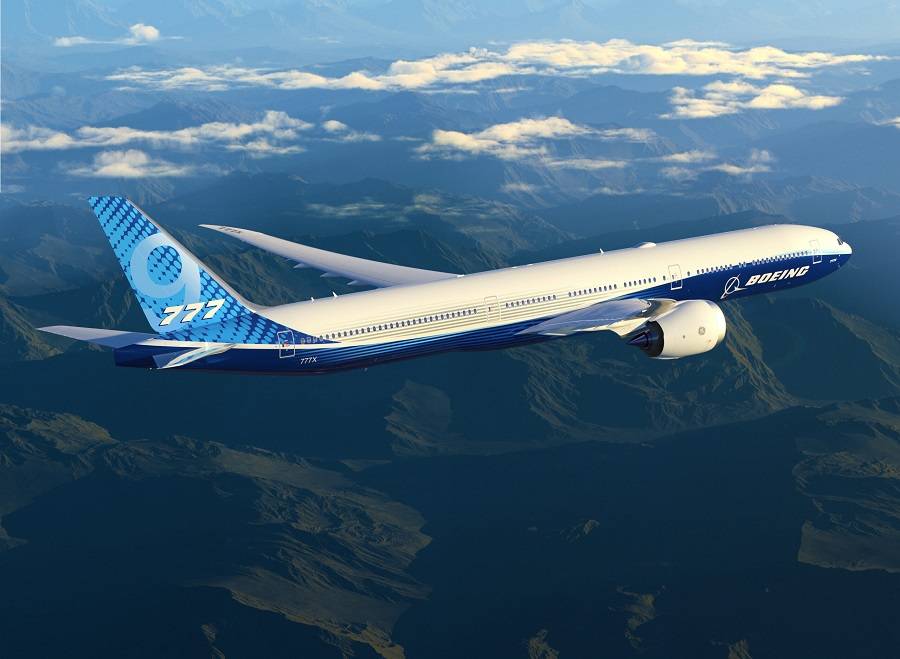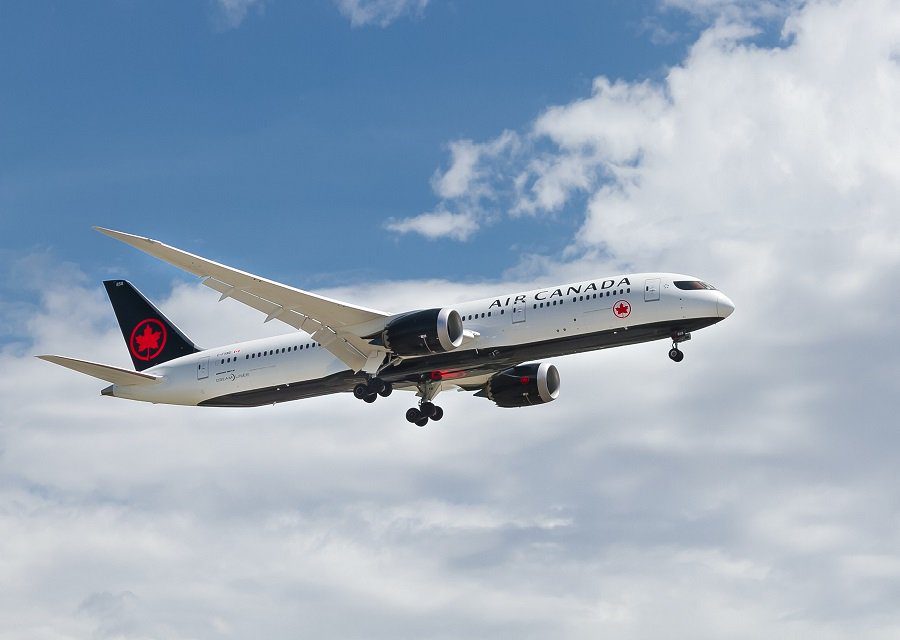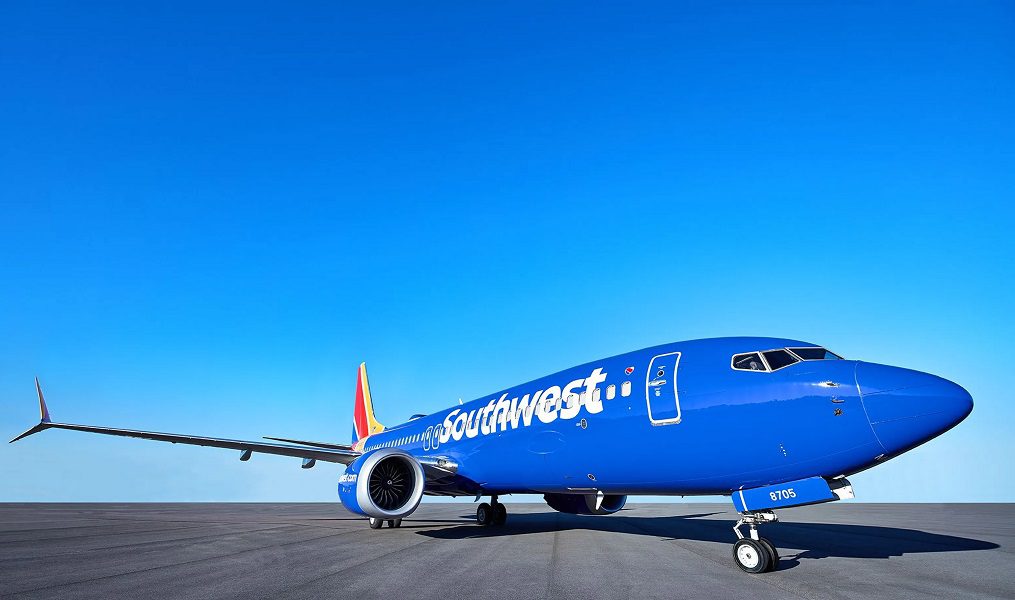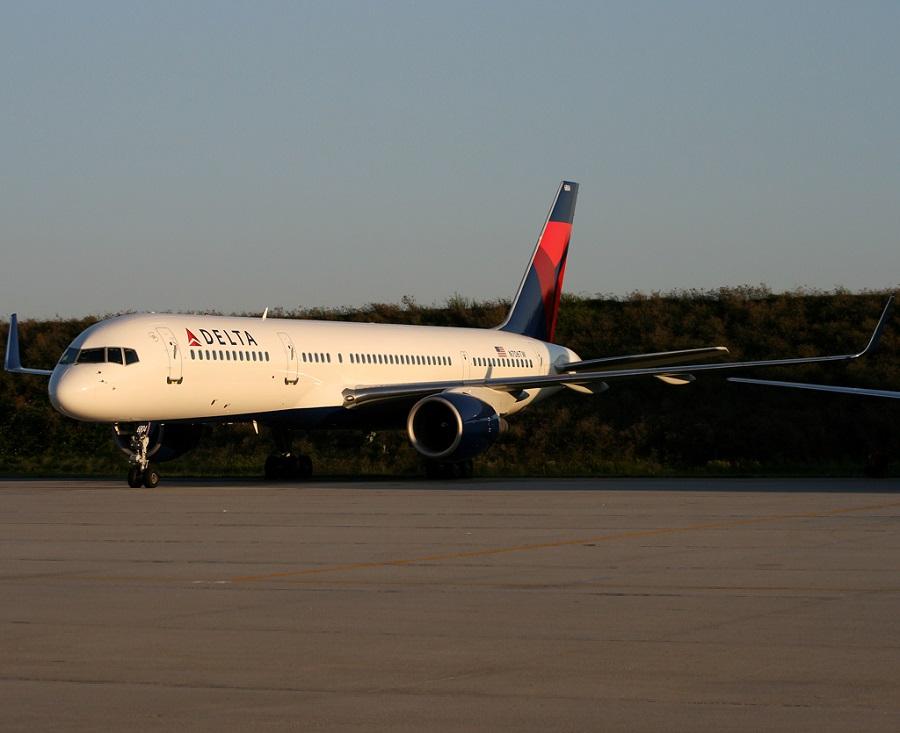Boeing had a tough couple of years, and will likely have a couple more of them in its immediate future. But what will it do next? Can the aviation giant afford to sit back and do nothing?
Just before the end of 2020, a group of journalists, analysts and Boeing workers, formed a [virtual] discussion panel. The topic was the future of Boeing, its workforce, its suppliers and customers. And there was plenty to talk about. Boeing has had multiple crises. They are bleeding cash, badly. The company’s reputation has taken a massive blow, both as an aircraft manufacturer and as an employer.
Already, 13,000 jobs are gone from the company’s Seattle operations alone. More Boeing job losses are likely in the near future, as the company consolidates 787 production in South Carolina. Back in October Boeing stated that by the end of 2021, they expect to employ 31,000 fewer people than they had in the beginning of 2020. And this makes sense, if we look at what the company currently has to offer.

The pandemic is changing the whole aviation industry. Boeing’s and everyone else’s future now depends more heavily on smaller aircraft. Both Boeing and Airbus know not to expect much from their biggest offerings. Which immediately spells more trouble for Boeing, as the next new aircraft they hope to deliver, is the 777X.
Boeing’s Fleet For The Future
Unlike the four-engined behemoths, whose future evaporated in the pandemic, Boeing’s 777X will be efficient. As long as it has enough passengers in it, of course. The Gulf airlines will eventually be able to make good use of it. But Boeing knows not to expect many orders for it, beyond that niche market. No, Boeing knows that the 787 is the only twin-aisle jet its immediate future can depend on.
Fuel efficiency is the key in all airlines’ future, and Boeing knows its 787 and 737 MAX fill the bill. But both of them have issues, that Boeing needs to get on top of. FAST. But definitely not too fast. Boeing is reminded of its tarnished reputation every day. They are already working with two teams, in Seattle and South Carolina, to check out all 787s, as we’ve already seen.

We’ve also covered the past and near future of Boeing’s 737 MAX. Certification from Canada and EASA in Europe should come this January. The company hopes that the aircraft’s ungrounding and entry into service will combine with the wide distribution of coronavirus vaccines. If it works out, it could be the only bit of good luck/timing that Boeing saw in the last two years.
For big future orders, Boeing will be courting airlines like Delta. Delta has 737NGs in its fleet, but no MAX orders. They’ve shifted towards Airbus in recent years, but perhaps Boeing could entice them with an offer too good to refuse. However, Delta, like many other airlines, may simply not have the finances to fund such a deal.
A Boeing Problem, Not a MAX Problem
Until its ungrounding, most discussions around the future of Boeing’s 737 MAX were about its safety. For those in the industry, this is no longer a concern. John Leahy, a former Airbus executive, readily says that he would have “no qualms about flying on a MAX or taking my wife and grandchildren on one.”

No, the MAX’s problem now is commercial. The aircraft lags badly behind the A320 in sales. For the near future, Boeing and Airbus are completely mis-matched in their single-aisle offerings. Airbus has two good aircraft families, in the A220 and A320. They were not designed to be complimentary to each other, which poses some problems, as we’ve seen. But each has its followers, who will build on their existing fleets.
With the MAX putting its problems behind it, Boeing has the market covered only up to a bit over 200 seats. That’s not quite what Airbus can do, with the A321LR/XLR. The MAX-10 will eventually get closer, but not in terms of range. Boeing’s 737 has been the company’s jack-of-all-trades but for the future, it simply can’t scale upwards as well as the A321. No, Boeing needs a new aircraft, the size of the old 757, in the 220-260 seat category.
And it really needs to be new, with the composite technologies that Boeing now has, for both the fuselage and the wing. Of course Boeing does not have the money for an official launch of such an aircraft now. Former Airbus executive John Leahy believes that Boeing had better be already working on an all-new jet. And in 2023, they should have the money to launch it fully. “They don’t have to talk about it, they have to be working on it.”

The Enemy Camp
As for Boeing’s competition, Airbus have had their own problems in the pandemic. They also cut 15,000 jobs, but mostly through attrition. US job losses could have been worse, but Airbus opened a second assembly line for the A220 in Mobile, Alabama. Airbus has had to deal with costly and annoying delivery postponements. However they had very few cancellations, unlike Boeing.
This makes their plight a lot less painful and future outlook more positive than Boeing’s. And of course their single-aisle sales were beating Boeing’s even before the pandemic. In the immediate future, Airbus is hoping to increase production from 40 aircraft per month, to 47, by July. Boeing, by comparison, hopes to be making 31 MAX aircraft per month by early 2022.

We learned of Airbus’ plans to increase production from their messages to their suppliers. Boeing’s relationship with its suppliers is harder. Boeing had made them invest heavily in 2018, when the MAX production started in earnest. Many of them have been struggling since. And since Boeing has been struggling to pay them, its problems exacerbate down the line. Boeing needs to look after its supply chain.
An announcement of a NMA would encourage suppliers, and would also put a lot of Boeing employees at ease, as they ponder the future. Especially around Seattle, the workforce knows and expects to shrink. But the company will need a new product. Its designers need work designing it, and the rest of its workforce to build it. And by 2023 or so, the airlines will have the money to buy it.
Source: Seattle Times



